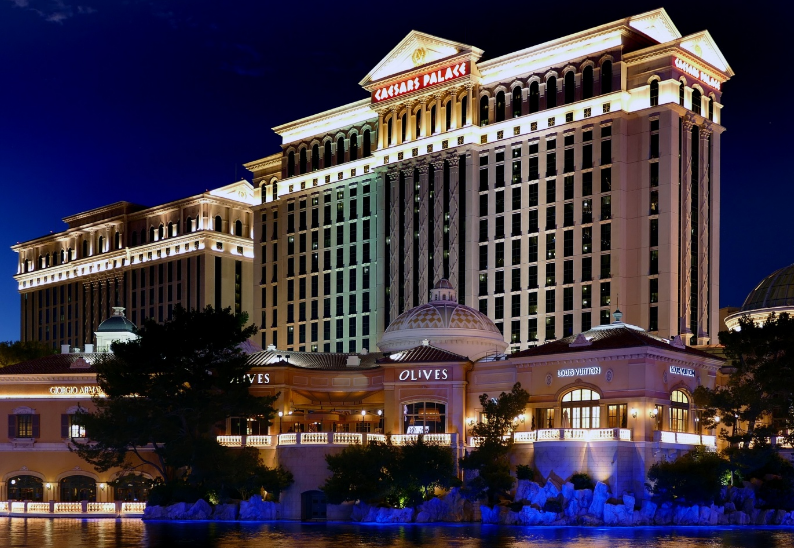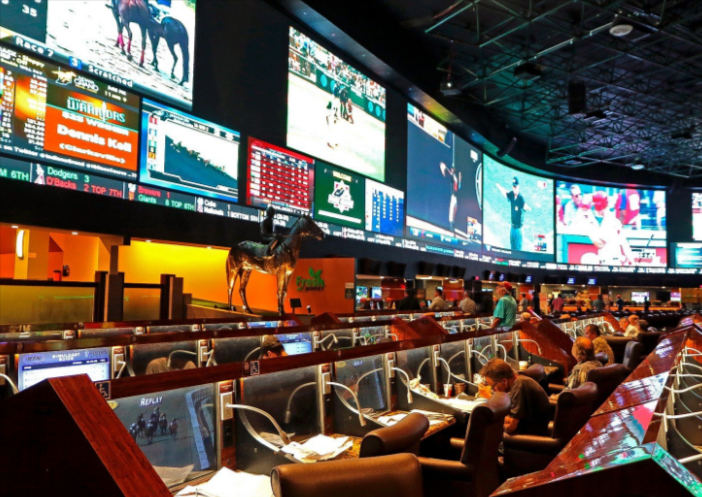ACR Poker just dropped a game-changer for online poker fans. The new Mini Phil’s Thrill tournament slashes the buy-in to $2,650 while keeping the massive $200,000 guarantee, letting more players chase big payouts every Sunday. But what makes this event stand out in a crowded field? Stick around to find out how it’s shaking up the scene and why pros and amateurs alike are jumping in.
Online poker got a major boost when ACR Poker launched Phil’s Thrill back in July 2025. This weekly high-stakes event, with its $10,300 buy-in, quickly drew crowds by pitting players against ACR’s CEO, Phil Nagy himself. Now, the site is broadening access with Mini Phil’s Thrill, starting every Sunday at 3:30 p.m. ET.
The mini version mirrors the original’s format but opens the door to a wider audience. It kicked off on October 5, 2025, and has been running strong, pulling in players who might shy away from the bigger buy-in. According to recent updates, the tournament guarantees $200,000 each week, creating real chances for life-changing scores.
This move comes as online poker sees a surge in popularity. Industry data from PokerScout shows traffic up 15% year-over-year for major sites like ACR. Players love the thrill of facing off against Nagy, who often streams his plays, adding a personal touch.
One standout moment? In August 2025, Phil’s Thrill hit a record 67 entries, building a $670,000 prize pool. Winners walked away with huge sums, like the champ’s $170,180 payday. Mini Phil’s Thrill aims to capture that same energy on a smaller scale.
How Mini Phil’s Thrill Fits Into Your Poker Strategy
Wondering if this tournament suits your game? It’s designed for mid-stakes players seeking high rewards without breaking the bank.
The structure keeps things fair and exciting. Late registration runs for hours, and the progressive knockout elements from related ACR events inspire similar bounty hunts here. Satellites start as low as $33, making entry feasible for many.
Take a look at how the two tournaments stack up:
| Feature | Phil’s Thrill | Mini Phil’s Thrill |
|---|---|---|
| Buy-In | $10,300 | $2,650 |
| Guarantee | Varies (up to $670K+) | $200,000 |
| Start Time | Sundays, 3:30 p.m. ET | Sundays, 3:30 p.m. ET |
| Key Perk | Play vs. CEO Nagy | Accessible high-stakes |
This table highlights why Mini Phil’s Thrill could be your gateway to bigger games. Many players use it as a stepping stone, qualifying through affordable feeders and building bankrolls.
Feedback from the community has been positive. One player shared on social media that they turned a $50 satellite win into a $15,000 finish in the mini event. Such stories show how it levels the playing field.

Behind the Scenes: Why ACR Poker Made This Move
ACR Poker’s decision taps into a growing demand for inclusive high-stakes play. With online poker revenue hitting $2.5 billion in the U.S. last year, per a 2024 American Gaming Association report, sites are innovating to keep users engaged.
Phil Nagy, the driving force, wanted to make elite tournaments reachable. He announced the original event in June 2025, emphasizing fun and competition. The mini version builds on that success, following record-breaking turnouts.
Experts note this reflects broader trends. A 2025 study by Gambling.com found 40% of players prefer events under $5,000 buy-in for better value. ACR’s live streams of these tournaments boost visibility, drawing in viewers and new sign-ups.
It’s not just about money. The emotional rush of knocking out opponents, especially in a streamed setting, adds layers of excitement. Players report feeling more connected to the action.
Impact on Players and the Online Poker World
This launch could reshape how people approach online tournaments. For casual players, it means dipping into pro-level action without huge risks.
Mini Phil’s Thrill has already smashed expectations, with early events exceeding guarantees. That spells bigger pots and more winners. It also encourages skill-building, as newcomers learn from facing seasoned pros.
On the flip side, it heightens competition. Veterans might see it as a feeder for the main event, scouting talent. Overall, it’s a win for the community, fostering growth in a sport that’s evolved rapidly since the early 2000s boom.
Think about your own game. Events like this could spark a hot streak or teach valuable lessons. ACR continues to roll out innovations, like daily mystery bounties, keeping the schedule fresh.
In wrapping up, ACR Poker’s Mini Phil’s Thrill stands out as a smart evolution of high-stakes poker, blending accessibility with big-win potential that has fans hooked. It captures the essence of what makes online poker thrilling: the chance to outplay the best from your living room. As the scene keeps heating up, this tournament promises more epic moments ahead.








